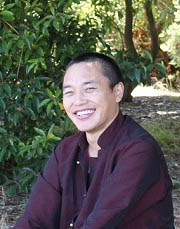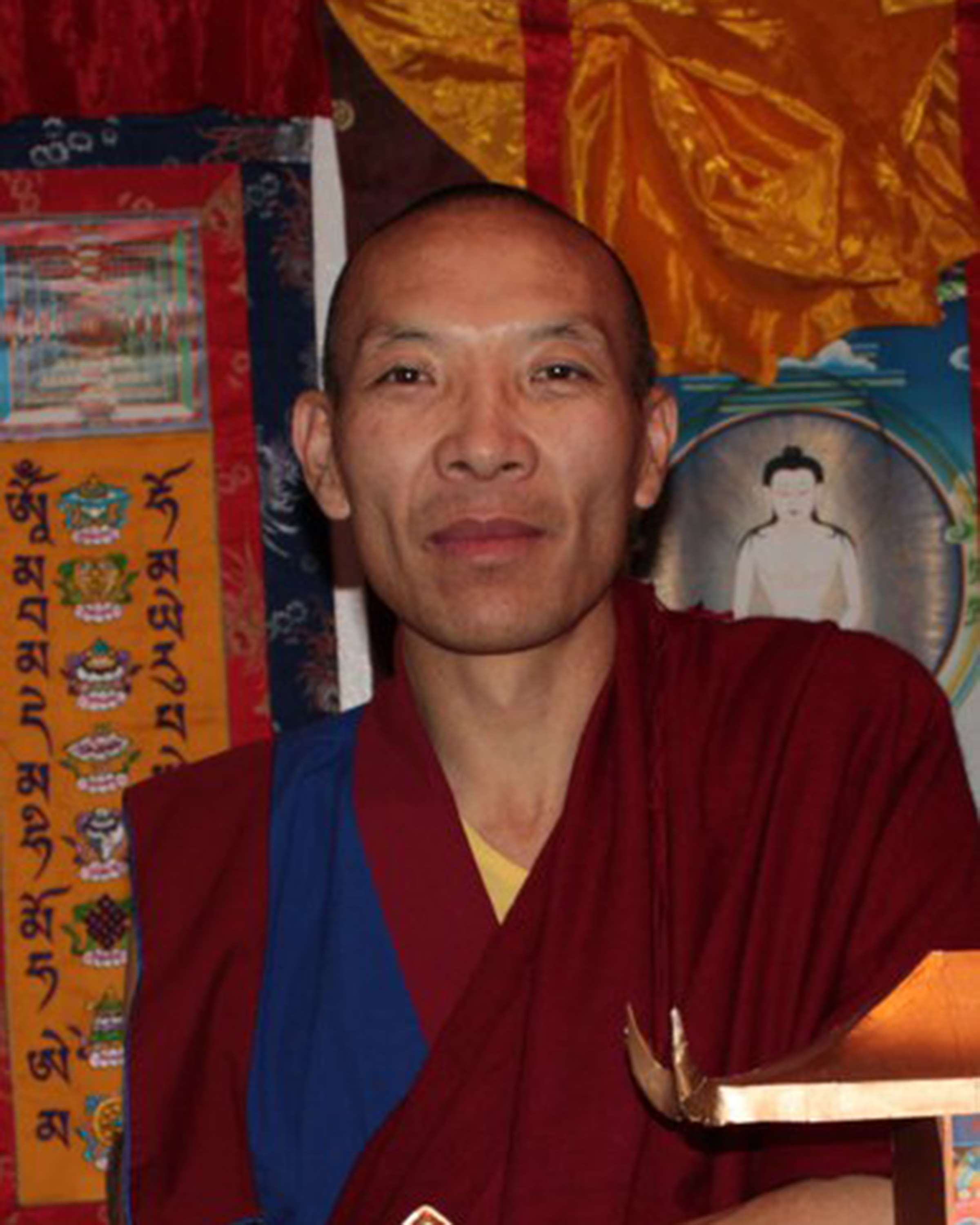– Bon has three principal streams of transmission of Dzogchen, and of these three the Aural Transmission of Zhang Zhung is considered to be the most profound. Drugyalwa Yungdrung wrote a practice manual for this system, and for over seven hundred years this has been the primary source of instruction on the practice of this system. Drugyalwa’s practice manual is quite extensive and contains instruction on preliminaries, actual practices of sky-gazing, sun-gazing and dark retreat, as well as four auxiliary sections which provide deeper instruction on view, meditation, action, and the result. This system culminates in the practice of the 49 day dark retreat, and a detailed instruction manual exists for those practices as well. It has been a rare opportunity to receive any of these teachings in either the east or the west and usually the instruction has been very abbreviated. Fortunately, Chaphur Rinpoche has agreed to carefully guide students through each of the sections of practice. Having taught the preliminaries, Chaphur Rinpoche now continues with instruction on the actual practices of the Aural Transmission of Zhang Zhung.
Chaphur Rinpoche lives with us here in the bay area and he encourages students to receive in depth guidance on their practice of this path.





Permalink
This slim volume, a clooectiln of talks given by Bokar Rinpoche to his students in France, is a wonderful resource for beginning (and not so beginning) Vajrayana Buddhist meditators. As another reviewer has noted, the book abounds with contemporary analogies, yet the material is firmly grounded in the traditional Kagyu lineage of Tibetan Buddhism. The book includes a brief section on the preliminary practices (i.e., the Four Reminders and ngondro), and it also provides detailed descriptions of proper meditation posture. As well, Rinpoche gives lengthy explanations of the two basic forms of meditation in the Kagyu tradition shinay (shamatha, calm abiding ) and lhatong (vipashyana, superior vision ) and also describes different methods of each for the reader/student to put into practice. Finally, and most importantly to this reviewer, Rinpoche continually stresses that diligence in practice is far more important than good or successful meditation; for me, it is so easy to become discouraged in meditation because of my goal-oriented, perfectionist nature, so these reminders to just do it are simply indispensible.